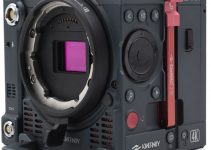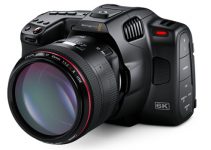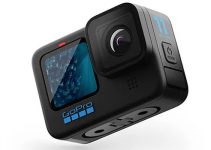Having a camera that is capable of shooting decent low light videos, even in the most challenging and highly dimmed conditions, doesn’t necessarily mean that you should instantly throw all your video lights into the deepest corner of your basement and lock them there forever.
Chances are you’re still going to need some of these (if not all of them), regardless of how good is your camera when filming in low light. Yet, it doesn’t mean either that every time you’re shooting on such occasions you’ll need a grip truck fully packed with a slew of 2K ARRI Fresnels just to have enough light for nailing a proper exposure.
Being creative with the available light can also produce beautiful, creative low light images, so let’s find out how you can create some of these by using the provided tips and tricks of Jordy Vandeput of Cinecom.net in the video below.
The first tip when shooting in such conditions suggests filming the scene just as it is. Don’t crunk up the ISO of your camera as that will probably add too much noise to your footage or even make it unusable in the end no matter how good it looks on your camera’s LCD screen at the time of filming.
Another tip is to try framing your shots around the available lights. Yeap, instead of framing on the subject, frame on the lights. To push your creativity one step further, you can film a few shots in the dark while your camera is completely out of focus thus capturing some distinguishable B-rolls for your production.
In rare and extreme situations when your aperture is open at the widest, and you can’t bump your ISO any higher, you can still play around with the shutter speed meaning you can shoot at lower one to bring in more light. Be careful with the motion blur, though. Ultimately, if you are conscious of the different movements in the frame, these artifacts won’t be even noticeable in your final video and shouldn’t bother you that much.
Taking advantage of backlights and silhouettes is also a commonly used method when shooting in low light conditions. Simply film towards the available lights in the background and let your subject stay in between. The foreground will be too dark, of course, but you’ll still be able to pull off the shot and make it look as if you’ve captured it intentionally that way.
Using some portable LED light panels could also help you along the line, but instead of mounting them on the top of your camera and shooting directly towards your subject, try to hide the light on either side or move it at the back. And, finally, get as close as possible to the available sources of light in the room and ask your subject to stay even closer if possible. Treat practical lights as if you are working with a proper studio lighting kit and try to turn their location to your advantage.
All in all, those quick tips won’t necessarily solve all your problems when shooting in dark areas, but at least will give you a great starting point and will eventually help you to capture some beautiful low light images as a result. If you have more advanced tips on the topic, feel free to share those in the comments below.
Disclaimer: As an Amazon Associate partner and participant in B&H and Adorama Affiliate programmes, we earn a small comission from each purchase made through the affiliate links listed above at no additional cost to you.




